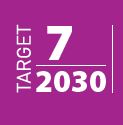





Helmets and Protective Clothing
Riding a motorcycle or bicycle is a popular mode of transport around the world, but particularly in developing countries.
Unfortunately, riders of motorcycles and bicycles are particularly vulnerable to injury in a crash.
Head and neck injuries are the most common causes of death and severe injury among motorcyclists and cyclists. Helmets provide the best available protection from head injury for motorcyclists and cyclists in a traffic crash, and are recognised by the international community as one of the key solutions in reducing risk.
Even in a relatively low speed motorcycle crash, abrasion is common and can be severe. Hands and feet are particularly vulnerable, and both abrasion and fractures of the lower body and legs is very common, followed by injury to the upper body and arms. Protective clothing typically protects muscles and skin against abrasion, reduces the risk of burns from contact with hot metal and prevents or reduces the severity of some fractures. It also reduces the risk of infection from road dirt entering open wounds. However, protective clothing is typically not worn by motorcyclists in low and middle income countries. This is likely to be influenced by the cost of the clothing and perceptions of discomfort due to the local climate. Bright and/or reflective material also assists other road users to notice cyclists and motorcyclists.
Good helmet strategies
The best helmet-wearing strategies legislate compulsory helmet-wearing for all riders (including adult and child pillion passengers) and promote improvements in the quality of helmets sold through the enforcement of standards. Legislation is supported by public education and rigorous enforcement.
In Khon Kaen, Thailand, for example, helmet wearing rates were low and the mortality rate in motorcycle crashes were extremely high. The government introduced helmet-wearing legislation combined with public education and police enforcement. Within 12 months, this led to a helmet wearing rate of over 90%, a 40% reduction in head injury, and a 24% reduction in mortality in motorcycle crashes. Helmets: a road safety manual for decision-makers and practitioners is excellent resources for those looking to improve helmet wearing in their jurisdiction.
Good protective clothing strategies
As the cost of good protective clothing is considerably higher than helmets, protective clothing campaigns naturally take a lower priority in low income countries. However, in countries with greater high helmet wearing rates, public education campaigns about protective motorcycle clothing would be valuable. These can highlight the protective value of motorcycle clothing, prioritise which items are most important to purchase and describe how to choose good quality clothing. For example, the Motorcycle Council of NSW, Australia dedicates a section of its website to explaining the need for and benefits of protective clothing and how to choose good quality clothing.
Treatment Summary
Case Studies
Related Images
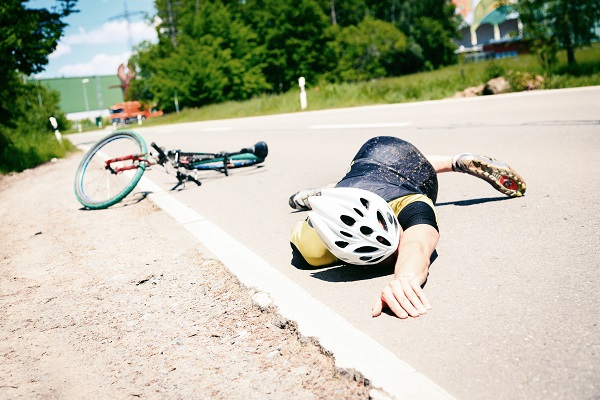 A bicyclist wearing a helmet in a crash. Image credit: iStock
A bicyclist wearing a helmet in a crash. Image credit: iStock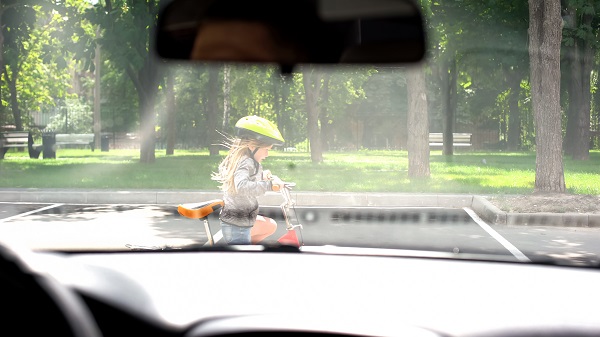 A child bicyclist wearing a helmet in a potential crash. Image credit: iStock
A child bicyclist wearing a helmet in a potential crash. Image credit: iStock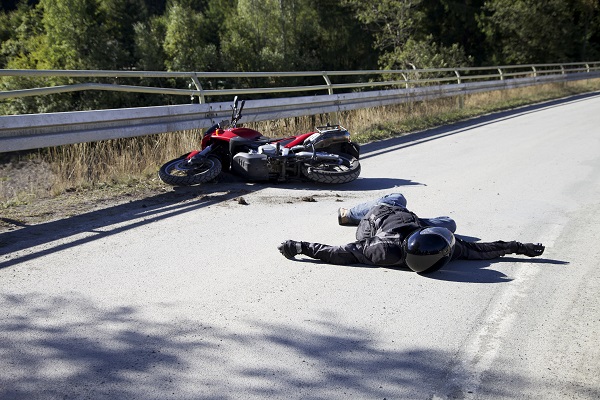 A motorcyclist wearing a helmet and protective clothing in a crash. Image credit: iStock
A motorcyclist wearing a helmet and protective clothing in a crash. Image credit: iStock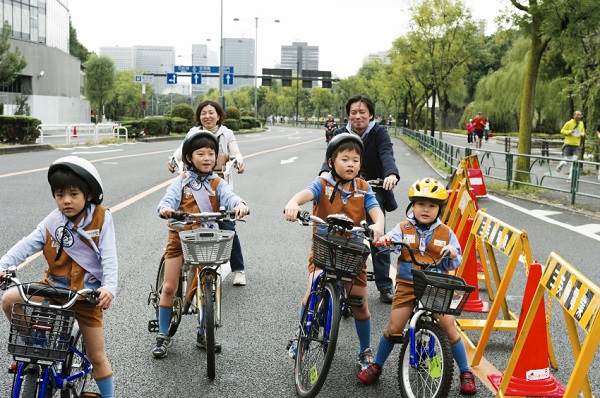 Children on bicycles. Image credit: iStock
Children on bicycles. Image credit: iStock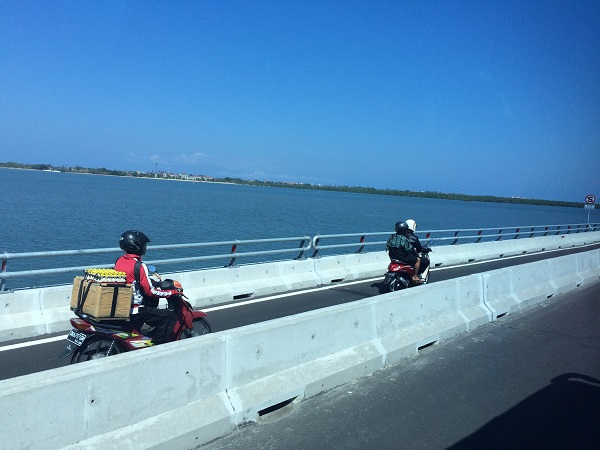 Exclusive motorcycle lane separated by concrete barrier. Image credit: Greg Smith
Exclusive motorcycle lane separated by concrete barrier. Image credit: Greg Smith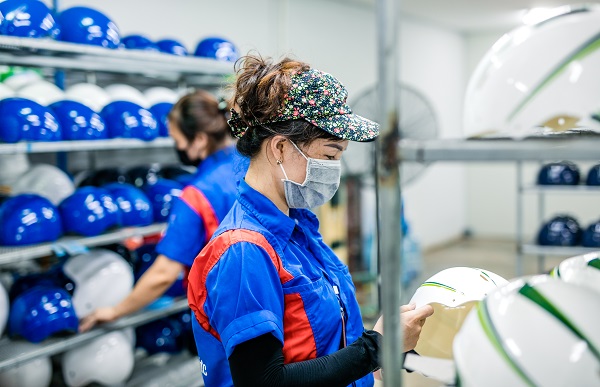 Helmets for Children. Image credit: AIP Foundation
Helmets for Children. Image credit: AIP Foundation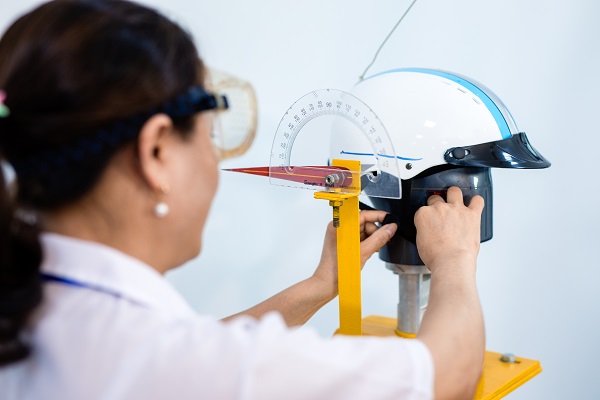 Helmets for Children. Image credit: AIP Foundation
Helmets for Children. Image credit: AIP Foundation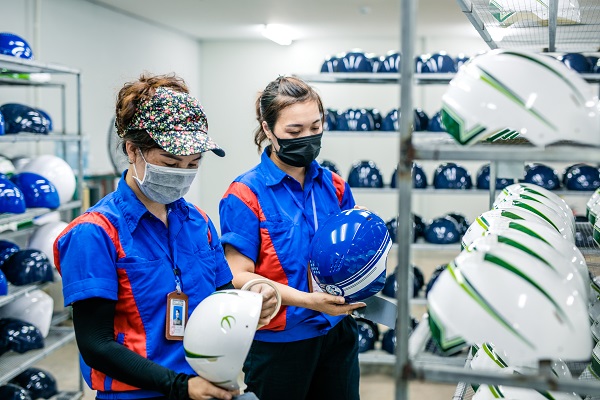 Helmets for Children. Image credit: AIP Foundation
Helmets for Children. Image credit: AIP Foundation Helmets for Children. Image credit: AIP Foundation
Helmets for Children. Image credit: AIP Foundation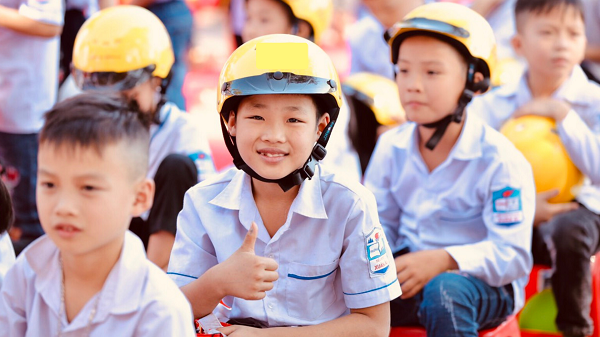 Helmets for Children. Image credit: AIP Foundation
Helmets for Children. Image credit: AIP Foundation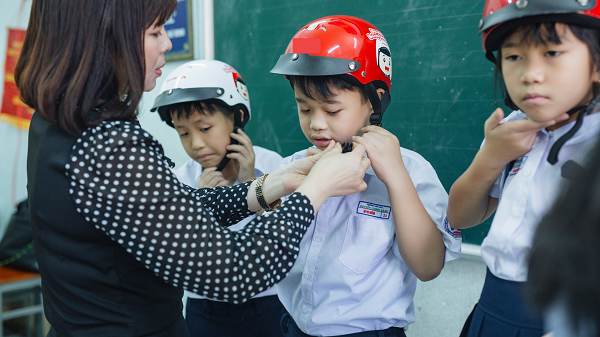 Helmets for Children. Image credit: AIP Foundation
Helmets for Children. Image credit: AIP Foundation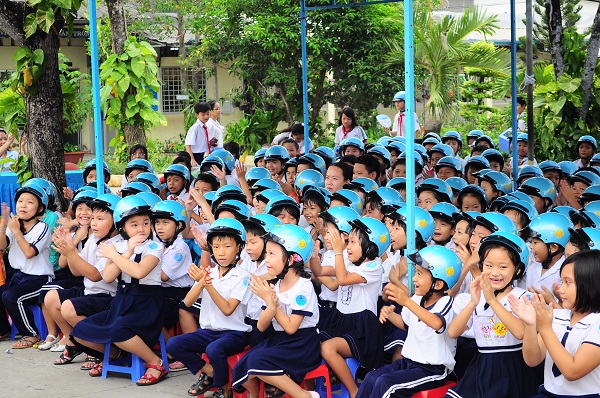 Helmets for Children. Image credit: AIP Foundation
Helmets for Children. Image credit: AIP Foundation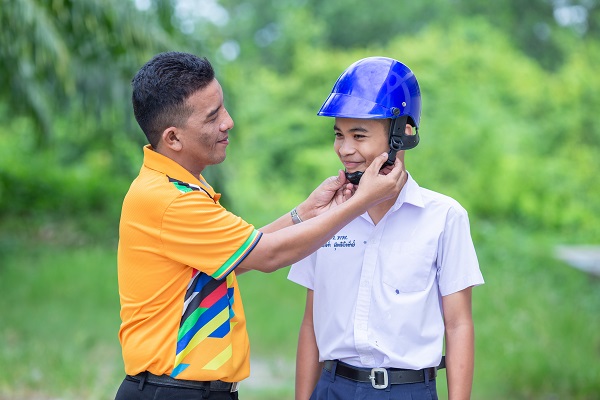 Helmets for Children. Image credit: AIP Foundation
Helmets for Children. Image credit: AIP Foundation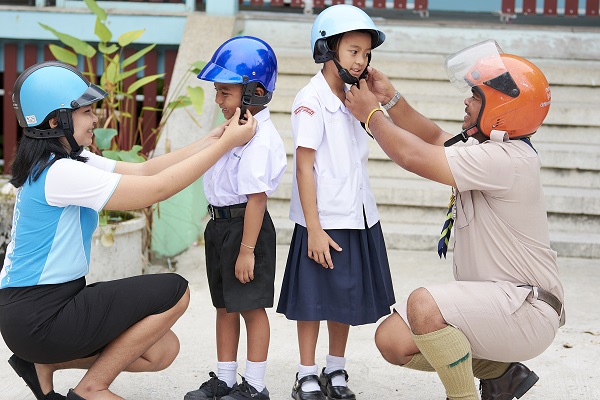 Helmets for Children. Image credit: AIP Foundation
Helmets for Children. Image credit: AIP Foundation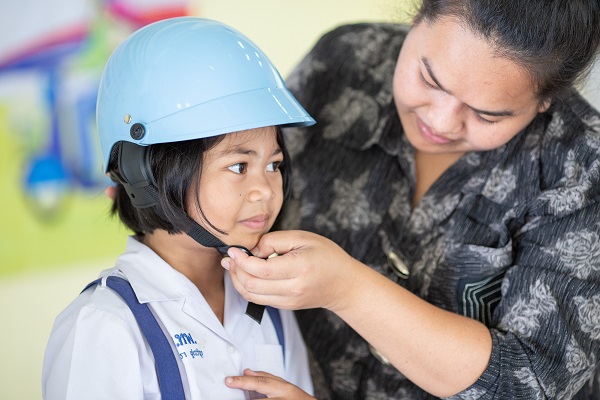 Helmets for Children. Image credit: AIP Foundation
Helmets for Children. Image credit: AIP Foundation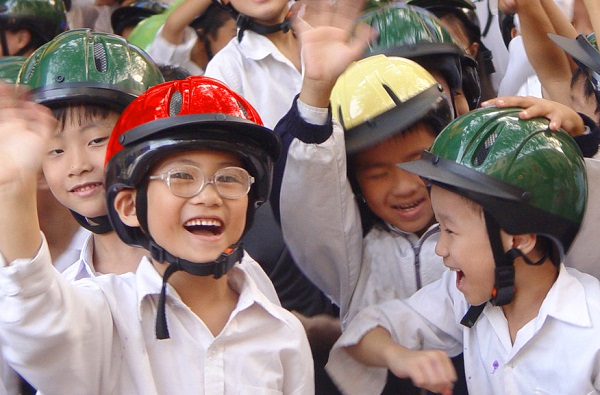 Helmets for Children. Image credit: AIP Foundation
Helmets for Children. Image credit: AIP Foundation Helmets for Children. Image credit: AIP Foundation
Helmets for Children. Image credit: AIP Foundation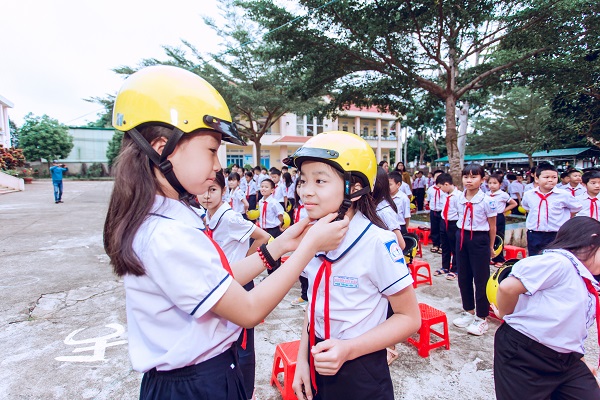 Helmets for Children. Image credit: AIP Foundation
Helmets for Children. Image credit: AIP Foundation Helmets for Children. Image credit: AIP Foundation
Helmets for Children. Image credit: AIP Foundation Helmets for Children. Image credit: AIP Foundation
Helmets for Children. Image credit: AIP Foundation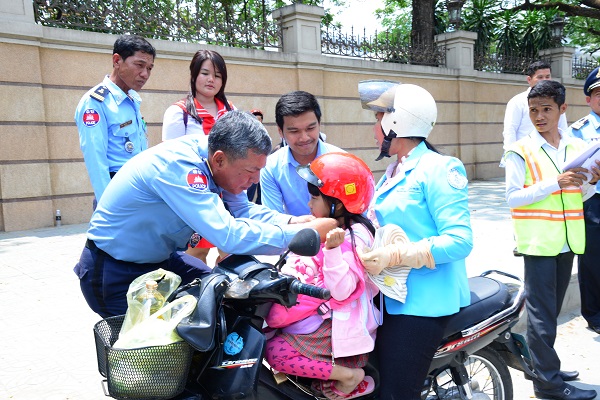 Helmets for Children. Image credit: AIP Foundation
Helmets for Children. Image credit: AIP Foundation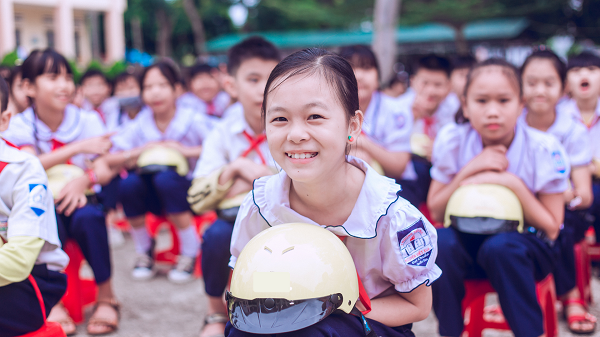 Helmets for Children. Image credit: AIP Foundation
Helmets for Children. Image credit: AIP Foundation Helmets for Children. Image credit: AIP Foundation
Helmets for Children. Image credit: AIP Foundation Helmets for Children. Image credit: AIP Foundation
Helmets for Children. Image credit: AIP Foundation Helmets for Children. Image credit: AIP Foundation
Helmets for Children. Image credit: AIP Foundation Helmets for Children. Image credit: AIP Foundation
Helmets for Children. Image credit: AIP Foundation Helmets for Children. Image credit: AIP Foundation
Helmets for Children. Image credit: AIP Foundation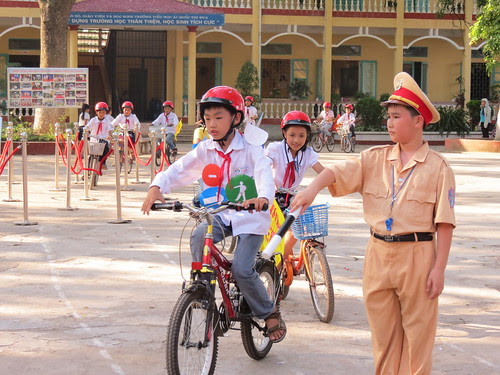 Helmets for Children. Image credit: AIP Foundation
Helmets for Children. Image credit: AIP Foundation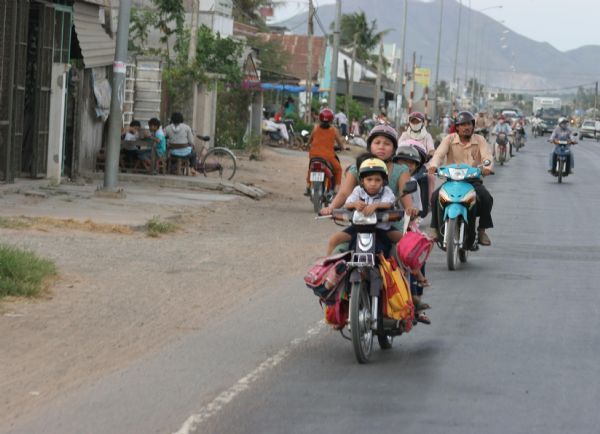 Motorcyclists in Viet Nam. Image credit: Cao Hoang Can, Vietnam Road Administration
Motorcyclists in Viet Nam. Image credit: Cao Hoang Can, Vietnam Road Administration Helmets for Children. Photo Credit: AIP Foundation
Helmets for Children. Photo Credit: AIP Foundation









